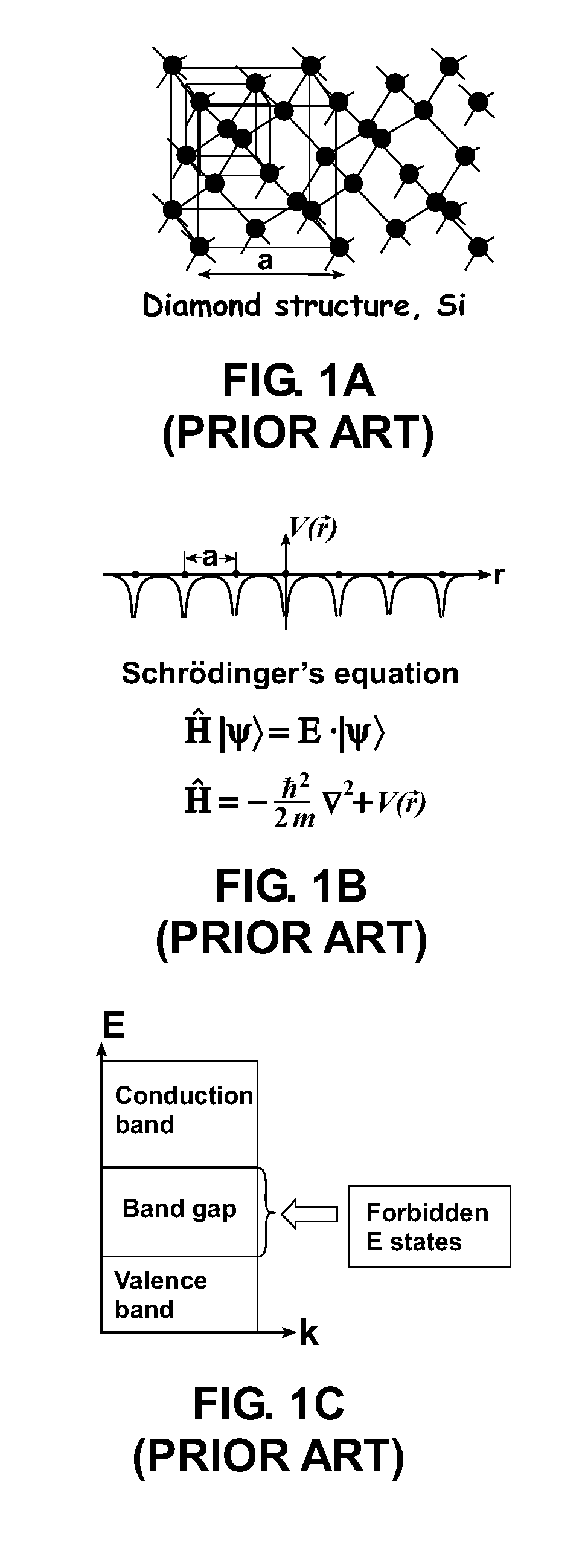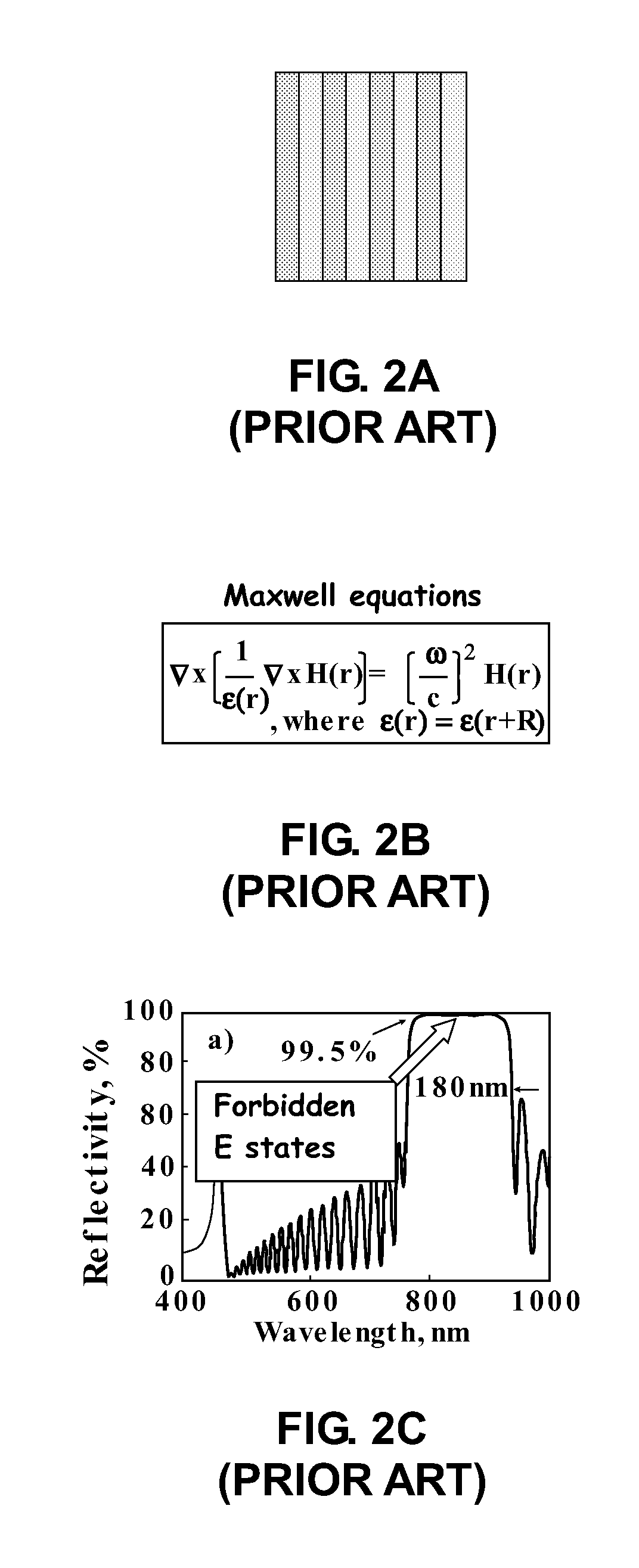Multiplexed photonic membranes and related detection methods for chemical and/or biological sensing applications
a photonic membrane and multi-component technology, applied in applications, instruments, diagnostic recording/measure, etc., can solve the problem of inherently high detection limit of porous silicon crystals, and achieve the effect of reducing detection limits, improving binding probability of target organisms, and large volumes
- Summary
- Abstract
- Description
- Claims
- Application Information
AI Technical Summary
Benefits of technology
Problems solved by technology
Method used
Image
Examples
Embodiment Construction
[0036]FIG. 5 shows a schematic representation of one of the embodiments of the present disclosure, where a stand-alone photonic membrane comprising a flow-through silicon crystal (10) is shown both in top perspective view (top portion of the figure) and cross sectional view (middle portion of the figure). The membrane (10) comprises a plurality of channels or pores (20). Each channel or pore (20) has channel walls (30). The channel walls (30) are chemically functionalized with specific probes which allow binding of some chemical and / or biological agents. According to one embodiment of the present disclosure, as better shown in the middle portion of FIG. 5, channel walls (30-1) of a first row of channels can be functionalized with a first probe to be receptive of a first kind of target organism, channels walls (30-2) of a second row of channels can be functionalized with a second probe to be receptive of a second kind of target organism, and so on. Therefore, each time an analyte (40...
PUM
| Property | Measurement | Unit |
|---|---|---|
| weight | aaaaa | aaaaa |
| diameter | aaaaa | aaaaa |
| thickness | aaaaa | aaaaa |
Abstract
Description
Claims
Application Information
 Login to View More
Login to View More - R&D
- Intellectual Property
- Life Sciences
- Materials
- Tech Scout
- Unparalleled Data Quality
- Higher Quality Content
- 60% Fewer Hallucinations
Browse by: Latest US Patents, China's latest patents, Technical Efficacy Thesaurus, Application Domain, Technology Topic, Popular Technical Reports.
© 2025 PatSnap. All rights reserved.Legal|Privacy policy|Modern Slavery Act Transparency Statement|Sitemap|About US| Contact US: help@patsnap.com



